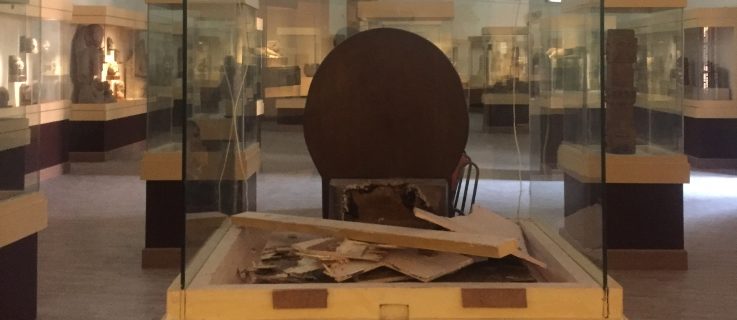Is a museum only a display of objects? It also has to curate the objects and unless the narrative of the curation is present the objects, as a collection by themselves, do not make much sense.
OBJECT
Is a museum only a display of objects? It also has to curate the objects and unless the narrative of the curation is present the objects, as a collection by themselves, do not make much sense. So there are two basic questions about objects that we need to begin with: should the focus of the museum be objects as unified entities? Or should it be processes in which these objects participate, belong to or arose from? …
DISPLAY/VIEWERSHIP
Museums create value by exhibiting an object. The object may have had some value that makes the museum acquire it but by placing it in the museum, this value either gets reinforced or even magnified. So one of the central roles of a museum is this capacity to give value to something through its presentation in the museum. But this value and the process of the creation of the value is always hidden. This is part of the politics of focussing on objects. The museum of the future should expose its own insides – the insides that create value for objects – as much as it displays the valued objects. …
PUBLIC/SPACE
Earlier museums had a very important function. They gave access to the public to things they wouldn’t have had access to. It allowed those who could not afford to buy and see great works of art to actually see them. In science museums, it gave an opportunity to people who had no access to certain institutional spaces, including education, to actually learn about things they could not have learnt otherwise. ... Museums were always an important space for learning, especially for those who were denied access to this learning. …
Download full article (English)
